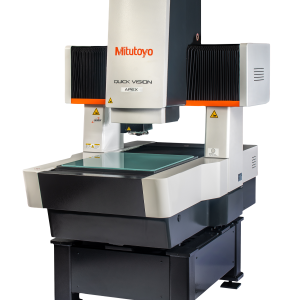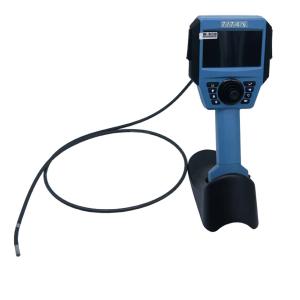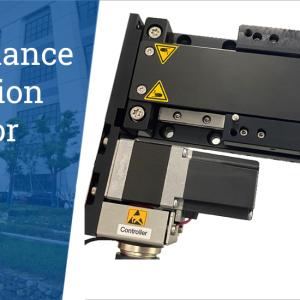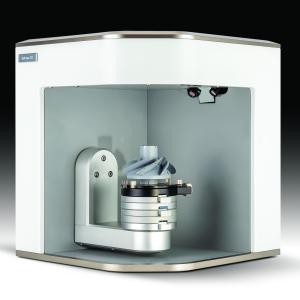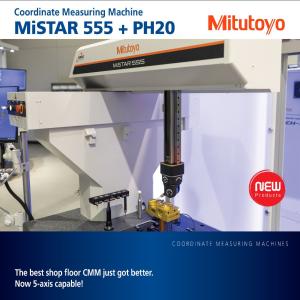Measuring & Inspection Systems
Measure Parts in the Machine
Marposs WRSP60 scanning probe with radio data transmission performs profile and surface contact scans on newly worked parts as well as measurements for run out, roundness and concentricity evaluation directly inside the machine. Designed to fit on lathes, turning centers and multitasking machines, the WRSP60 can automatically define TIR, roundness and concentricity of rounded parts with a repeatability of 0,4 microns.


